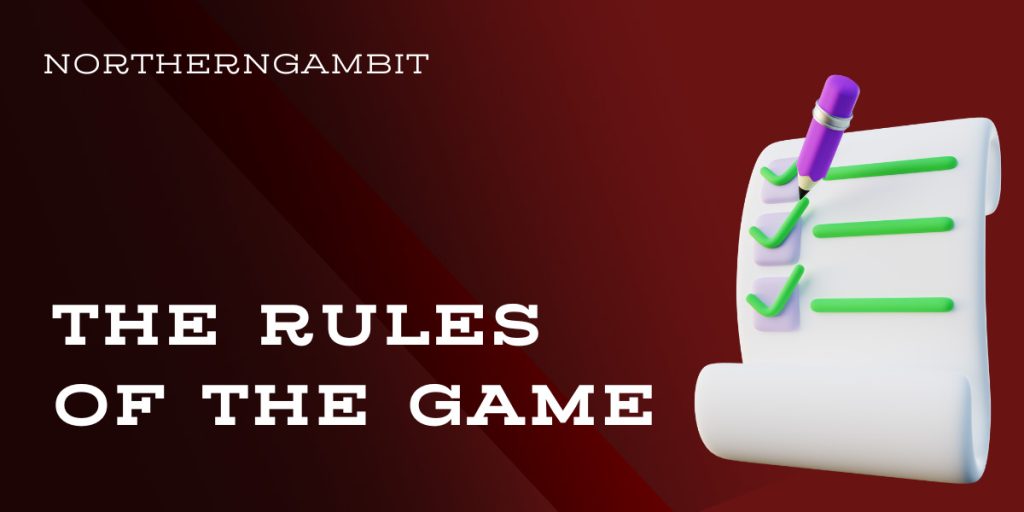
Pai Gow poker is a card game where a player, using seven cards, tries to make two combinations of five and two cards, which, according to the rating of poker hands, will be stronger than the opponent’s. Pai Gow poker borrowed part of the name and general principle from the Chinese game pai Gow, which uses Chinese dominoes to play.
Pai gow poker was invented in the early 80s of the 20th century in the USA by Fred Wolf and quickly became very popular. Fred Wolf owns a patent for this game and a number of other casino games.
The rules of the game

The game is played using a standard 52-sheet deck plus one joker. There can be up to six players at the table plus the dealer, the Canadian players play against the dealer. Players place bets allowed by the table limits.
Each of the participants in the game is dealt seven cards in a closed hand. The player must divide these cards into two parts – the “upper” and the “lower”. There are five cards on the upper hand, two on the lower, and the combinations are laid out in the open on the places marked on the table. In this case, the combination on the lower hand cannot be stronger than on the upper one (that is, you cannot put a pair down, and just the highest card up). If you don’t follow this rule, you automatically lose. After all the players have made their choice, the dealer also lays out his cards (the dealer follows the fixed rules for dividing the cards) and the combinations are compared.
The comparison of the top hand is based on the usual poker hand rating (from the royal flash to the highest card), the comparison of the lower hands is also based on the poker rating, only two combinations are possible – a pair or a high card. If both hands of the dealer beat the player, the player loses. If one of the Canadian player’s hands beats the dealer’s hand, and the second one concedes, a draw is declared, and the bet is returned to the player. If both hands of the player beat the dealer’s cards, the player wins 1 to 1 minus 5% of the bank commission. If one of the hands turns out to be a draw, then it is usually interpreted in favor of the dealer (the player loses this hand).
Separately, it is necessary to say about the joker. The Joker can replace any card in a five-card combination (or in a seven-card combination if a bonus bet is placed) to make a straight, flash, straight flush or royal flush. If these combinations cannot be made, then the joker is considered an ace. On the lower hand, the joker is always considered an ace.
The optimal strategy

The optimal strategy is to correctly divide the cards between the upper and lower hands, in most online and real casinos, the player can ask the dealer to divide his cards according to the rules of the institution, which are quite close to optimal.
There are no pairs or combinations older than that
You should select the second and third strongest cards in the lower hand, and leave the strongest one in the higher hand. There are exceptions to this rule, but they are rare and have almost no effect on the advantage of the casino.
There is one pair in the cards
The pair should be left in the highest hand, and the two highest cards from the remaining ones should be selected into the lowest combination. There are no exceptions.
The two examples discussed above will occur to you in more than sixty percent of the hands during a game of pai gow poker. So these rules need to be memorized.
There are two pairs in the cards
Perhaps this is the most difficult case in which you have to make different decisions, depending on the circumstances. After all, a Canadian player can leave two pairs in five cards or divide one pair for each hand. As a rule, the older one of the pairs, the more often they have to be put into the younger combination.
Here are some basic guidelines for drawing two pairs:
- Always send a pair of aces to the lowest hand. Regardless of which cards form the other pair;
- Send a pair of kings to the lowest combination if the second pair is sevens or older;
- If you have an ace with a weak card, split kings with a pair of threes and above; queens with a pair of fives and above; jacks and tens with a pair of nines and eights;
- Always leave two pairs in the highest combination if you can put an ace with any picture in the lower one. But separate two pairs of pictures if there is no ace-king in the lower one;
- Never separate small pairs (sixes and below).
In all other cases, leave pairs together with the ace and any card. If there is no ace, divide the pairs into two hands.
There are three pairs in the cards
Everything is simple and without variations: the older pair must be carried into the younger hand.
There are one or two tris in the cards
The trixes are played out in different ways:
- The tris of the ladies and the less powerful cards should always be left in the older hand;
- Three aces must always be broken, leaving a pair in five cards and separating one ace with the highest card;
- The three kings must be divided in the same way if the highest card is a jack or lower;
- If there are two trixes, you need to select a pair from the older one into the younger combination.
In straight and/or flush cards
Streets, flushes and straight flushes also need to be played according to the situation:
- If there is only a flush or straight in the cards, we leave the combination, and put the remaining cards in the lower hand;
- If there are two such combinations in the cards at once (flushes, straights or flush and straight), you need to save one of them by allocating the maximum possible cards to the lower hand. For example, if you have seven cards in order, you need to separate the two highest ones. Similarly, the flush should be sacrificed in favor of the straight, if the younger hand is strengthened in this way;
- In case of a straight or flush with one pair, the card from which is part of the combination, you need to act according to the situation. If you can leave a couple of pictures and put an ace with a picture in the lower hand, do so, forgetting about the straight or flush, in which only the queen or a weaker card can be separated;
- If a straight or flush comes across with two pairs, then you need to act according to the recommendations for drawing two pairs, and ignore the straight and flush;
- Straight and flush with three pairs, play according to the recommendations regarding three pairs, ignoring the five-card combinations;
- Straight and flush with tris do not need to be broken. Separate a pair or even an ace from them;
- Straight flushes and royal flushes are played as streets and flushes in all cases.
In full house maps
Usually, at a full house, the tris is left in the older hand, and the pair is taken out to the younger one. However, if the pair is very small and the side cards are very strong (the ace with the picture), then the full house can be left.
In the cards of the square
A square almost always needs to be split into two pairs if there are no pairs or high cards in the other cards (for example, an ace). We will not focus on rare cases with a square.
More at : northerngambit






